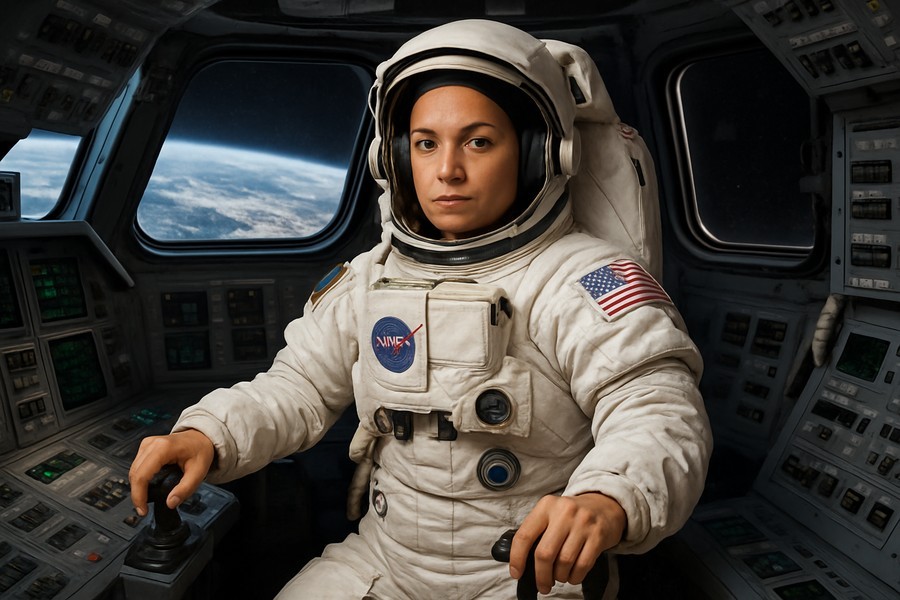
Groundbreaking Female Astronaut Carves a Path in Space History
Eileen Collins, a pioneer in her field, rose above the odds, shattering previous limitations and emerging as the first female to ever steer and take charge of a spacecraft. Although her accomplishments are extraordinary, she remains relatively unknown.
An upcoming full-length documentary titled "Spacewoman" aims to highlight her groundbreaking career, bringing her achievements to the forefront.
The Journey of a Female Astronaut
As a child, Collins was inspired by a magazine article about the Gemini astronauts. Despite the lack of female representation in the field at the time, she decided that she would become an astronaut. Her aspirations didn’t stop at merely being an astronaut, however. She wanted to be in control of a spacecraft.
To realize her dreams, she had to join the military and become a test pilot. Her exceptional skills didn’t go unnoticed, and soon she was invited to join the astronaut program. She was selected to fly the Space Shuttles, reusable "space planes".
Collins was aware that her first mission in 1995 was not just about her, but about every woman who would follow in her path. She says, "I wanted there to be a reputation for women pilots that was: 'Hey, they're really good'." Her commitment and ability were so remarkable that she was quickly promoted to commander, making history once more.
Balancing Act: Motherhood and Commanding
As well as being an astronaut, Collins was also a mother to two young children. Her dual role as a working mother and a commander often surprised people. Juggling the two roles was challenging, but Collins insists that "it is harder to be a parent than to be a space shuttle commander" and that parenting was the best training she ever had for being a commander.
Triumph and Tragedy in Space
The Space Shuttles, despite their many achievements, also had some devastating failures. The Challenger spacecraft in 1986 and the Columbia shuttle in 2003 both ended in catastrophe, costing the lives of all crew members on board. The memory of these disasters and lost friends stays with Collins.
Despite the heartbreak, Collins continued in her role, leading the next shuttle flight. Asked if she ever contemplated quitting, she said that she wanted to be a brave and confident leader. She felt that quitting would betray those who relied on her.
However, her mission in 2005 experienced a chillingly familiar problem – a piece of foam broke away during launch. But this time, they had a plan to check for damage. It required Collins to execute one of the riskiest maneuvers in space history.
She had to steer the shuttle in a 360-degree flip beneath the International Space Station, which allowed the crew aboard the station to inspect and photograph the shuttle's underside for any damage. Despite objections, Collins confidently declared, "It sounds like we can do it". She successfully completed the maneuver, revealing the damage and enabling a spacewalk for repairs. This ensured the safe return of Collins and her crew.
Leaving a Legacy
Following this mission, Collins decided to retire, clearing the way for others to experience space. Her advice to the next generation dreaming of the stars is straightforward: "Do your homework, listen to your teacher, pay attention in class and read books".
Collins's legacy is not just as a woman in space but as a formidable pilot and commander. She has no regrets about ending her career as an astronaut, but she admits that she would gladly return to space if she had the opportunity. "
